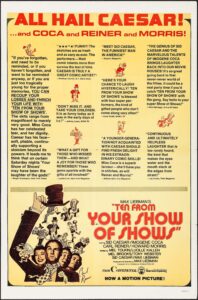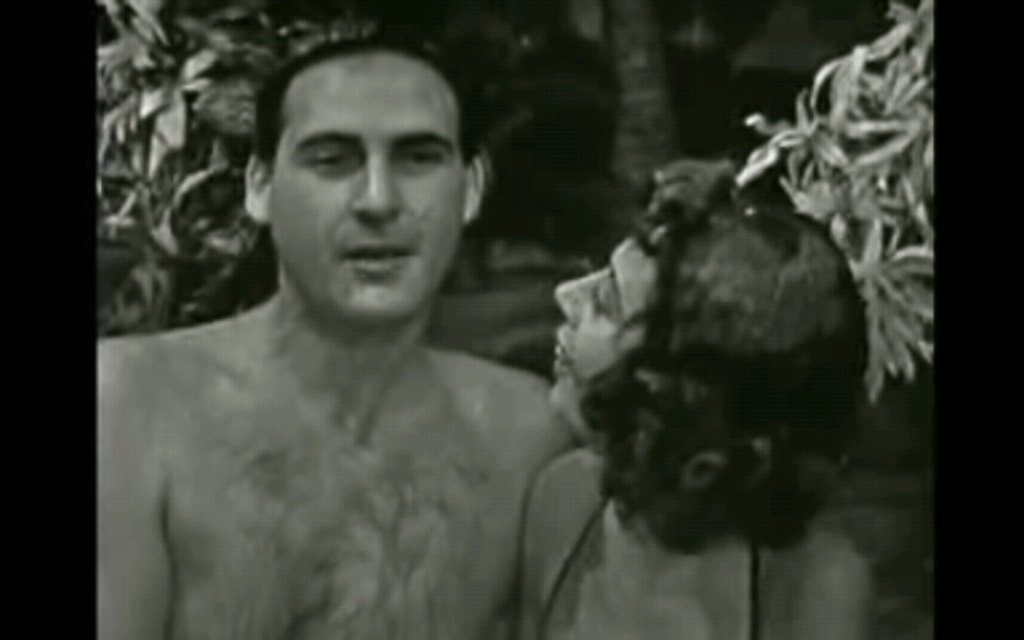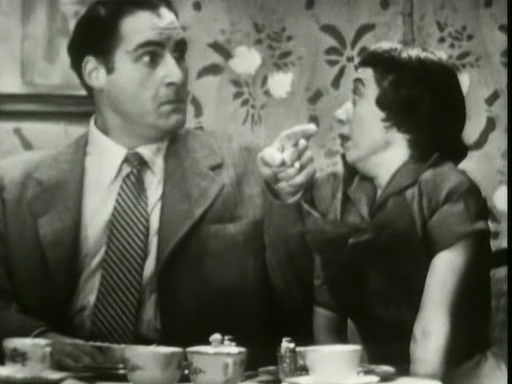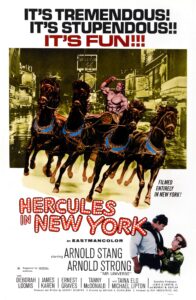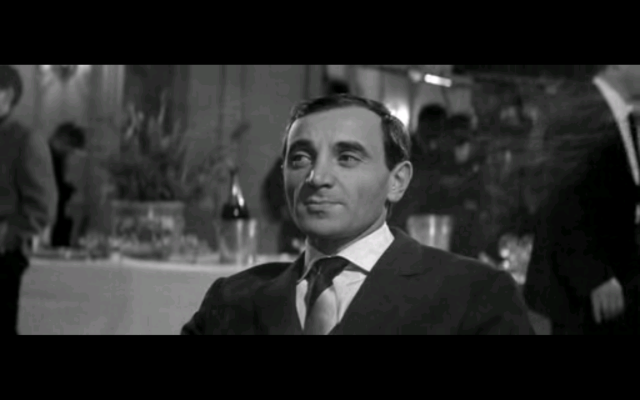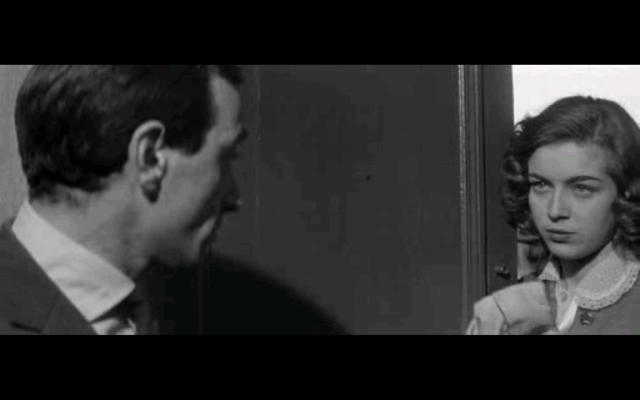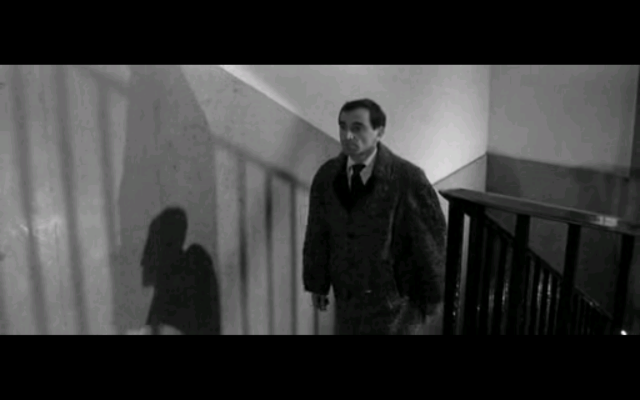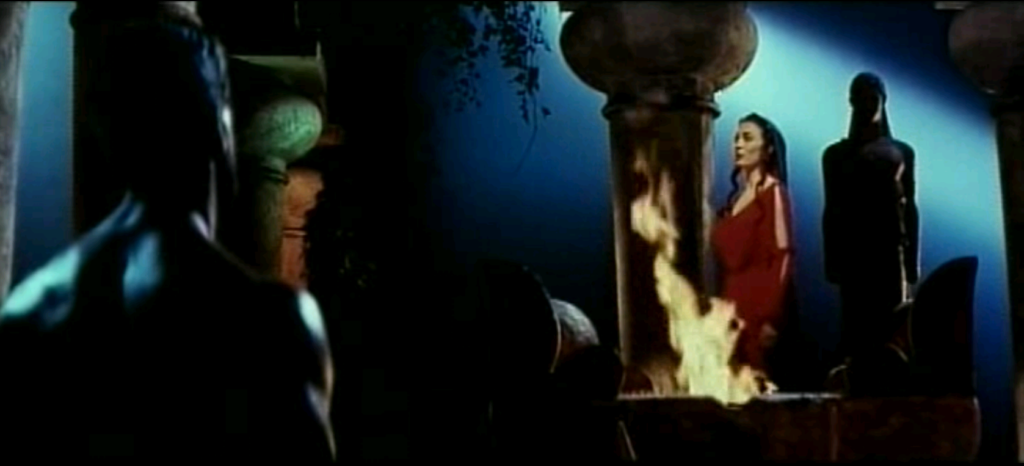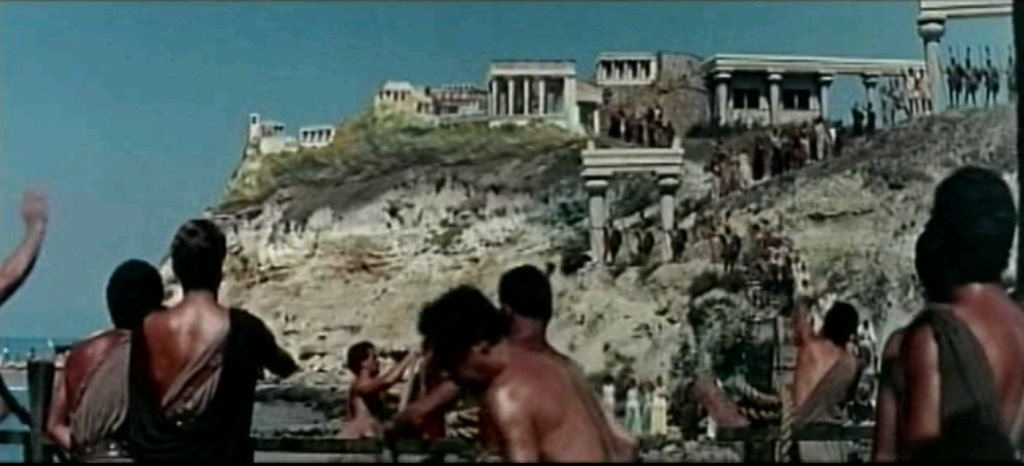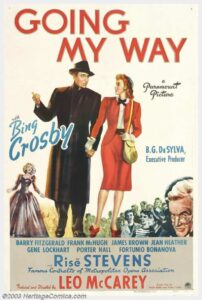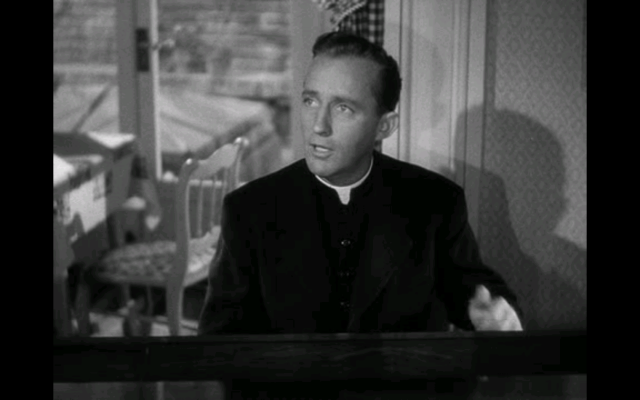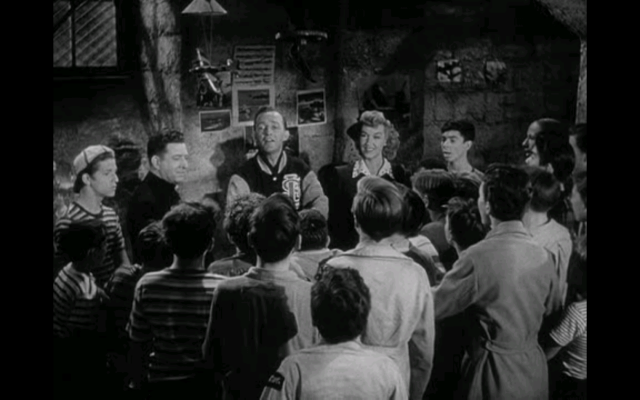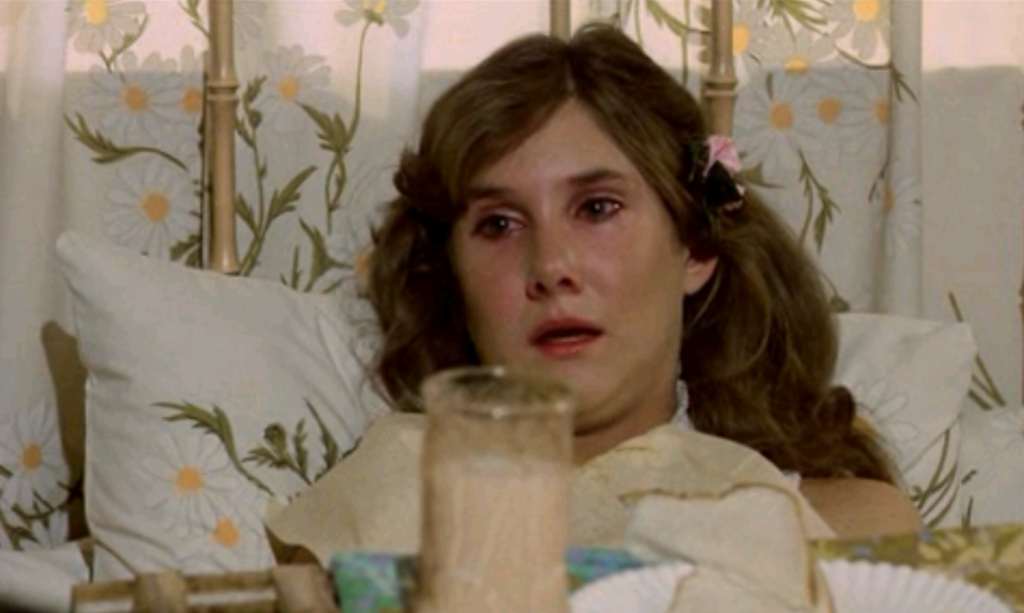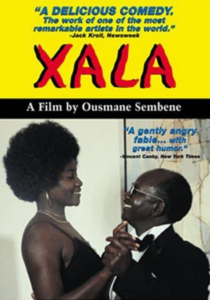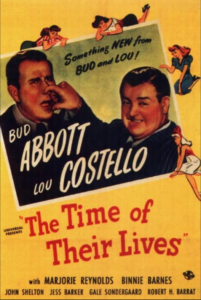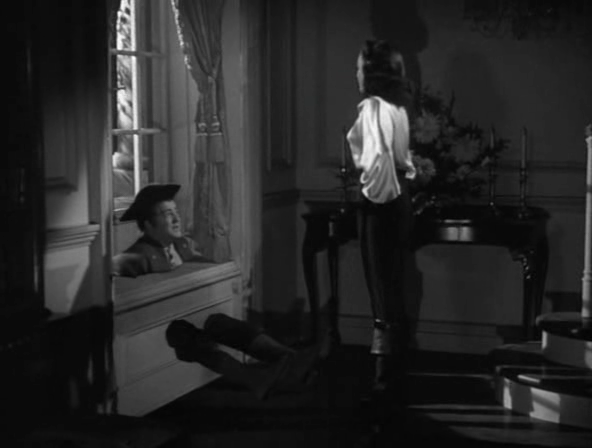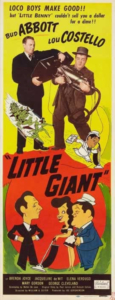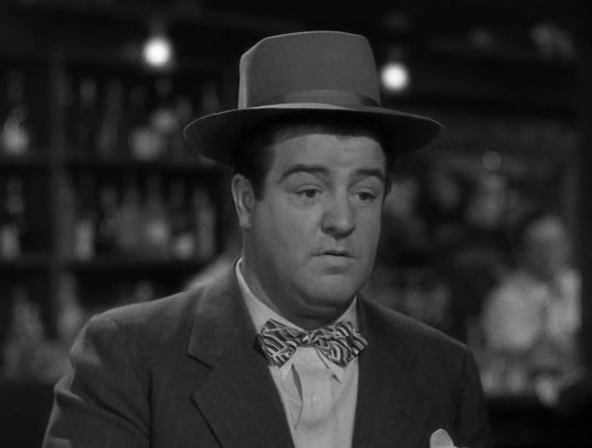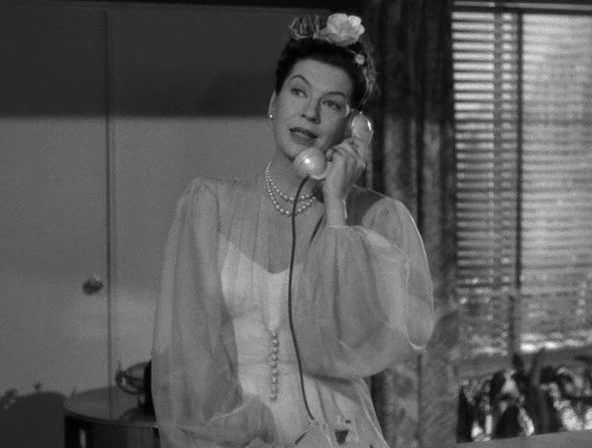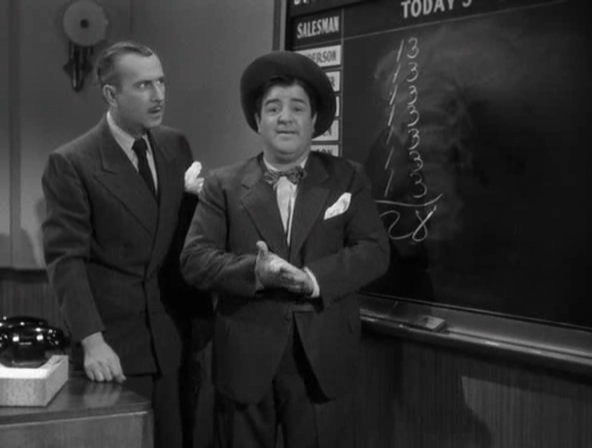|
Genres, Themes, Actors, and Directors:
- Africa
- Corruption
- Downward Spiral
- Marital Problems
- Satires and Spoofs
Review:
In his fourth feature film, Senegalese director Ousmane Sembene continued his cynical exploration of corruption in post-colonial Africa — this time with more of an overt satirical edge than ever. As in his earlier film Mandabi (1968), the central protagonist in Xala (Thierno Leye) finds himself caught in a nightmarish situation — yet while Mandabi‘s Ibrahim was hapless and illiterate (a victim of social changes beyond his control), Leye’s wealthy “El Hadji” arguably sparks his own downfall through explicit greed. In the film’s comical opening sequence, El Hadji sits around a table with a host of other powerful black men, accepting briefcases full of cash from white men in suits (clearly representing the country’s lingering vestiges of colonial power and influence).
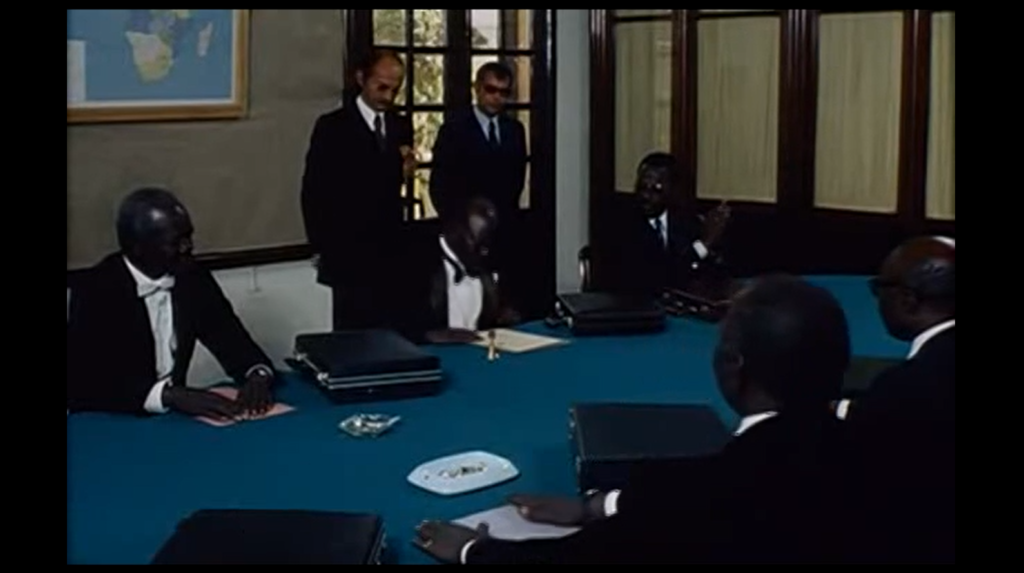
El Hadji uses this money to help purchase a third wife — the young and beautiful Dieynaba Niang — in order to propel his own prestige:
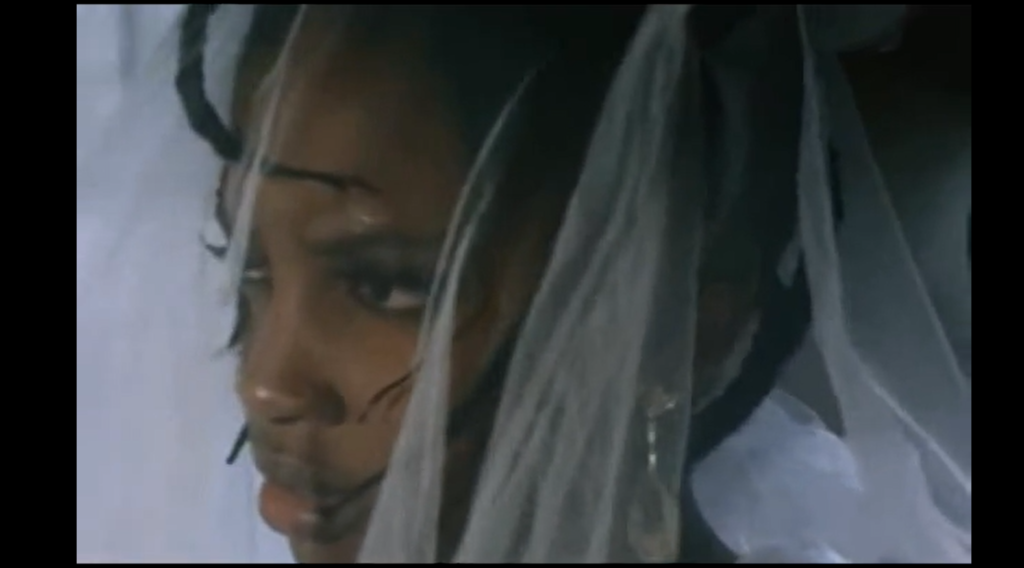
ignoring the fact that this makes both his university-age daughter (Miriam Niang) by his first wife (Seune Samb), and his jealous second wife (Younouss Seye), deeply unhappy.
Once El Hadji attempts to consummate his marriage — and finds himself strangely unable to do so — his downward spiral is set in motion. He engages the services of medicine men:
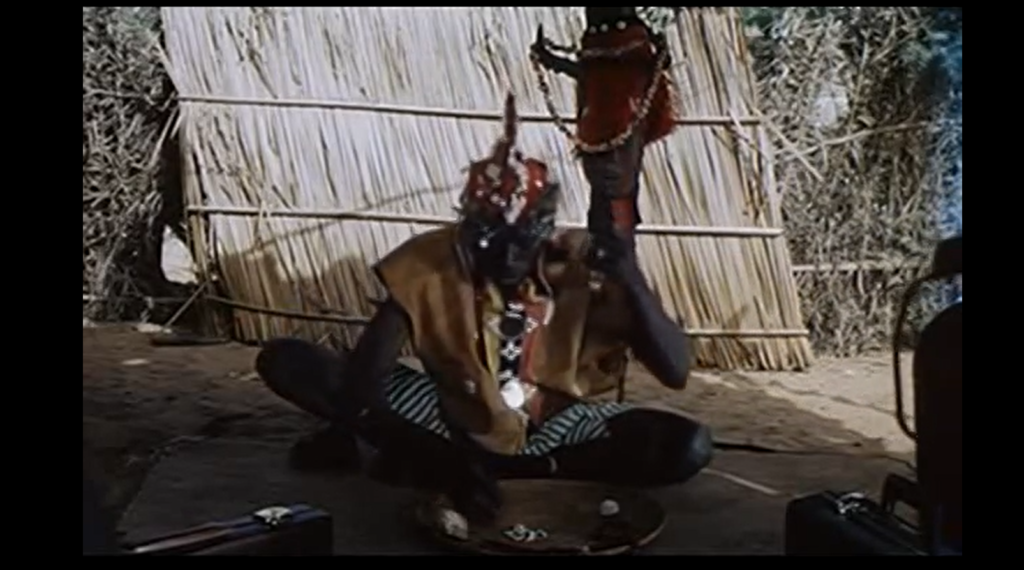
and struggles to maintain dignity in the face of impressively widespread social knowledge about his dilemma. It’s clear to El Hadji that his problems aren’t his own, but rather the result of a curse (xala) — and while he believes this curse has been placed by one of his other wives, the cause for blame remains a central mystery of the film. Unfortunately, Sembene’s narrative (based on his own novel) veers off course at times, shifting to lengthy and seemingly inexplicable sequences (later explained) involving a band of disabled men who at one point gather to drink sweetened condensed milk (!).

From what I’ve read, this confusion may be the result of drastic editing that was done without Sembene’s consent. In addition — as in all Sembene’s films — the performances by the majority of the actors are decidedly amateurish. Regardless, there’s enough sting and bite in Xala to make it worthy viewing for all film fanatics who are genuinely interested in world cinema.
Note: Sembene’s other acclaimed film made before the publication of Peary’s book in 1986 — Ceddo (1977), the only Sembene title listed in 1,001 Movies You Must See Before You Die — is strangely missing; I intend to watch it shortly and verify whether it merits inclusion on this website as a Missing Title. Also be sure to check out Sembene’s final film, Moolaade (2004), made before his death in 2007 — it’s most definitely must-see viewing.
Redeeming Qualities and Moments:
- Yet another fascinating perspective by Sembene of life in post-colonial Senegal

Must See?
Yes, as one of Sembene’s most acclaimed films. Listed as a film with Historical Importance and a Personal Recommendation in the back of Peary’s book.
Categories
- Foreign Gem
- Important Director
Links:
|
